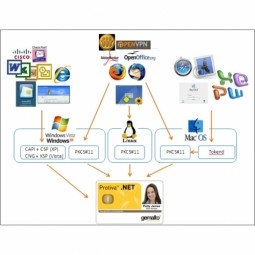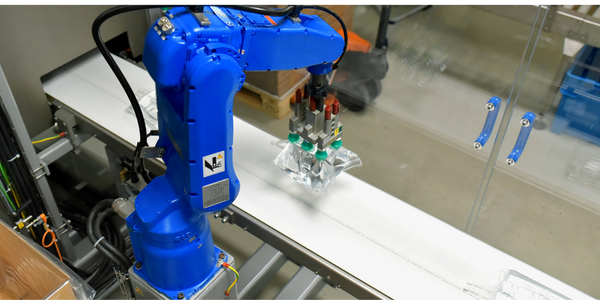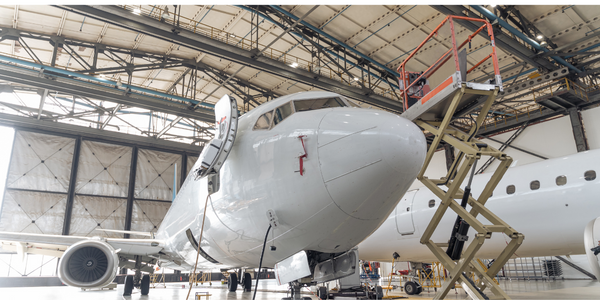技术
- 功能应用 - 企业资源规划系统 (ERP)
- 功能应用 - 库存管理系统
适用行业
- 生命科学
适用功能
- 采购
- 仓库和库存管理
用例
- 需求计划与预测
- 库存管理
关于客户
该客户是一家印度跨国涂料公司,从事制造、销售和分销油漆、涂料以及家居装饰和浴室配件相关产品的业务。该公司一直依赖手动流程进行采购,这导致了错误和效率低下。该公司还面临着同步油轮调度与工厂库存水平以及处理供应商采购订单意外变化的挑战。这些挑战影响了公司的收入、库存水平和整体运营效率。
挑战
这家从事制造、销售和分销油漆、涂料和家居装饰产品的印度跨国涂料公司在采购过程中面临着重大挑战。该公司必须每天手动调整采购申请,以适应不断变化的需求和供应。这种人工干预会导致采购订单 (PO) 放置中有关数量和时间的错误,从而对收入和库存水平产生负面影响。此外,该公司必须将油轮调度与工厂库存水平同步,使原材料与需求保持一致。也有供应商意外取消采购订单或寻求修改采购订单的情况,从而导致潜在的收入损失或延迟。
解决方案
该公司与 o9 合作,实现采购流程的自动化和简化。创建采购工作台是为了自动化监控覆盖范围水平、生成和批准采购申请 (PR) 以及将这些与公司的 ERP (SAPS/4HANA) 集成以生成 PO 的整个流程。该公司还利用 o9 的启发式求解器根据匹配的需求、供应和库存水平高效地创建计划。此外,工作流程得到增强,允许与供应商进行协作,作为采购订单审批工作流程的一部分,从而改进规划并尽早了解供应商限制。 o9 企业知识图用于获得可见性,利用支持 o9 的采购工作流程通过适当的层次结构批准 PR,并将其作为 PO 发送到 SAP。还启用了供应商检查,供应商可以确认其可用能力。
运营影响
数量效益

Case Study missing?
Start adding your own!
Register with your work email and create a new case study profile for your business.
相关案例.

Case Study
Corporate Identity Solution Adds Convenience to Beckman Coulter
Beckman Coulter wanted to implement a single factor solution for physical and remote logical access to corporate network. Bechman Coulter's users were carrying smart card badges for doors, but also needed a one-time password token to access to our corporate network when they were not in the office. They wanted to simplify the process.

Case Study
Embracing Business Success in Real Time
· Increase control over growing Big Data to improve business decisions · Manage data for 28,000 biotechnology stockkeeping units in the fields of microbiology, molecular biology, animal cell cultures, plant tissue cultures, and lab ware for laboratory chemicals · Accelerate report generation and analysis with real-time data

Case Study
Flow Robotics: Scaling Up Production and Accelerating Product Development with IoT
Flow Robotics, a Danish manufacturer, developed flowbot™ ONE pipetting robots to alleviate the strain on bioanalysts in life-science laboratories and hospitals across Europe. These robots were designed to automate part of the testing process, speeding up the time it takes to produce results and reducing pressure on staff. However, the company faced challenges in scaling up production and accelerating product development. High workloads and physically challenging conditions have long been an issue for laboratory professionals. Flow Robotics estimates that around half of medical lab technicians carry out the same arm movements for at least a quarter of their working day. The American Society for Clinical Pathology reported that 85% of laboratory professionals feel burnt out; 36% struggle with inadequate staffing; and 32% face a heavy workload and pressure to complete all testing on time.
Case Study
Material Intelligence at Ethicon: Sustaining Medical Device Manufacturability and Improving Patient Care
Ethicon, a world-class medical devices company, faced several challenges in its operations. The rapid selection of manufacturing materials compliant in global markets was critical to assure patients, practitioners, and purchasing organizations of the biocompatibility of their medical devices. Ensuring supply chain continuity and minimizing risks of obsolescence for medical devices due to regulatory changes were also crucial in meeting Ethicon’s ongoing commitment to maintaining patient care. Furthermore, the engineers at Ethicon were developing the next generation of medical devices and needed to access historical material data to accelerate new product development. The process of centralizing and digitalizing its materials information was a significant challenge that Ethicon needed to overcome.

Case Study
Revolutionizing Aerospace Industry with 3D Printing: A 63% Lighter Titanium Part
GE Aviation, a renowned name in the aerospace industry, recognized the potential of 3D printing technology in transforming the sector. The primary challenge was to reduce the weight of the aerospace parts, which would directly impact the fuel costs. A lighter airplane would mean lower fuel consumption, leading to cost savings and a smaller carbon footprint. However, achieving this weight reduction without compromising the strength and functionality of the parts was a significant challenge. Traditional manufacturing methods were not able to provide the desired weight reduction while maintaining the required stiffness and strength of the parts. The challenge was to find a solution that could create strong, light, and functional aerospace parts.
Case Study
IWT's Transformation: Customizing with Efficiency in IoT
IWT, a company specializing in the design, manufacture, and installation of washing systems for the life sciences and pharmaceutical industries, faced a significant challenge in managing its wide product portfolio. The company manufactures 45 different models, 60% of which are customized to some degree. This high level of customization, combined with limited production quantities, necessitated a controlled process for managing the release of engineering changes. The goal was to achieve efficiency, reduce process time, and better coordinate production throughout the organization. The need for strict compliance in heavily regulated industries further complicated the situation. IWT's existing PLM journey with Dassault Systèmes’ SOLIDWORKS for 3D CAD and Enovia for managing CAD data and Bills of Materials (BOMs) was proving inadequate. The system had limited part classification, no workflow, and no tool to ensure data consistency. The management of non-CAD documents was also a challenge, with information often difficult to find and access.







